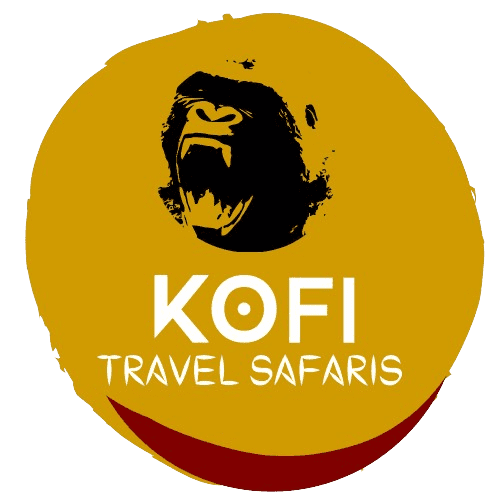South Sudan Tribes
The Stories Behind Unexplored South Sudan Tribes
Top South Sudan tribes with amazing cultural features and untouched tribal groups
The Dinka Tribe Tour
The Dinka people are a Nilotic group with no centralized political power but are rather divided themselves into independently interconnected clans. Most of the Dinka community resides in Sudan’s Anglo-Egyptian historical province of Bahr el Ghazal. The Dinka traditionally believes in one God known as Nhialic who temporarily possesses individuals and speaks through spirits. Later in the 19th century, Christianity was introduced by the British missionaries, and now it predominates as the religion in South Sudan. The Dinka are the most populous ethnic group in South Sudan accounting for 36% of the population.
The Didinga Tribe Tour
The Didinga live in the Didinga hills in the valleys, on the plateaus and slopes, and on the adjacent plains of the region. Their neighbors include the Boya, Toposa, Dodoth, Dongotono, and Lotuka/Lopit. There were tensions in the past but now they are generally on friendly terms and intermarry and speak a similar language to the Boya, Murle, and Tenet. Traditionally the Didinga arrived in their present home during the sixteen century, as part of a group migrating either from Lake Turkana or Ethiopia. The amongst some older people there remains a bit of Catholic influence, but not genuine faith. Culturally the Didinga are pastoralists by inclination and farmers by necessity.
They live in homesteads by clans, in round houses with cone-shaped roofs. They also enjoy making music and various crafts. Although there is a paramount chief, which is a hereditary position, decisions are made by the community, and younger people have the right to question the older. They desire education. The Didinga have religious believes Like their neighbors, the Didinga accept the existence of a supreme being, and the sphere of spirits interacting with the living. They worship and sacrifice to spirits and gods and place great importance on the worship of dead ancestors. A rainmaker is an important person in the community, who performs certain rituals and is seen to carry great influence.
The Mundari Tribe Tour
The Mundari live to the north of Juba, centered on the small settlement of Terekeka. The Mundari people are farmers, living from herding and agriculture they live in small villages and follow a largely traditional lifestyle. They have strong cultural believes, where the young men and women are marked with a series of parallel “V-shaped scars on their forehead – this tradition is now officially discouraged by the government and is starting to die out but most over the age of around 25 will sport these markings.
The Mundari are locally famed wrestlers, and on certain days of the week, young men from neighboring villages will gather to compete against each other in traditional shows of strength. These are quite a spectacle as the men daub themselves with mud and etch patterns into their bodies, each trying to throw and hold the other to the ground. Watching the surrounding crowd is just as interesting as they cheer and sing songs for their respective teams. Another chance to see a side of Africa that may not exist for much longer.
The Imatong Tribe Tour
this is one of the smallest a group of people mainly located in Imatong state in southeastern South Sudan earlier known as eastern Equatorial before the reorganization. They are settled in the Imatong Mountains, living in the ancient tradition update. The range has an equatorial climate and had dense montane forests that house their shrubs as well as supporting diverse wildlife. They also practice farming to support their economy.
The Lotuko Tribe Tour
the Lotuko are the main ethnic group living around Torit. Although less traditional than some other groups, many of the Lotuko live in villages nestled in the hills and hidden among the rocks, which they moved to in order to escape the predations of the civil war. Many of the houses are perched upon raised terraces made of stones, and the general construction and location of the villages make them difficult to see from afar. In days gone by the Lotuko were led by a ‘rain-maker’ who was the spiritual head of a number of different villages, and it was his job to intercede with the spirits in order to guarantee rain and ensure a profitable harvest.
The Toposa Tribe Tour
The Toposa are the principal ethnic group living around Kapoeta and are perhaps the most interesting in the whole country. Closely related to the Turkana of Kenya and the Karamojong of northern Uganda, they are herders with an economy based largely around livestock. They are also prolific cattle raiders, which has led to conflict with other groups in the past, although with the independence of the country and greater stability this is now less of a problem.
The Toposa live in villages made of mud and sticks, with thatched roofs often adorned with the skulls of cattle. The most striking feature of the Toposa is their practice of scarification. Many of the men and women are decorated with elaborate raised patterns caused by careful incision, covering their upper arms, torsos, backs, and in some instances their faces.
Although modernity is starting to erode their customs, many of the older Toposa still adhere to traditional dress – for women, this is usually animal skins worn around the waist, while men often go naked. No self-respecting Toposa male will leave his compound without the obligatory AK47 slung over his shoulder – while this does not pose a problem to visitors we do ask that you follow your tour leader’s advice when in the Toposa villages, as the central authority is weak here.
The Toposa is likely to be as curious about you as you are about them though – tourism is virtually non-existent and the concept is not well understood, so expect yourself to be the focus of attention somewhat. To the south of Kapoeta the Toposa pan and dig for gold by the banks of a river – although the quantities are not large the presence of this resource has created something of a mini gold rush, and it is fascinating to watch the traditional methods used here.
In some villages, it is still possible to find the traditional stone enclosures that served as a meeting point for the men, where problems and issues relating to communal life would be discussed. Around 100,000 in number, the Lotuko have in many ways embraced modernity to a greater extent than other groups, but the attraction of visiting is to wander around their picturesque settlements, different from the villages of the Boya or Toposa and showing a different perspective of life here in South Sudan.


